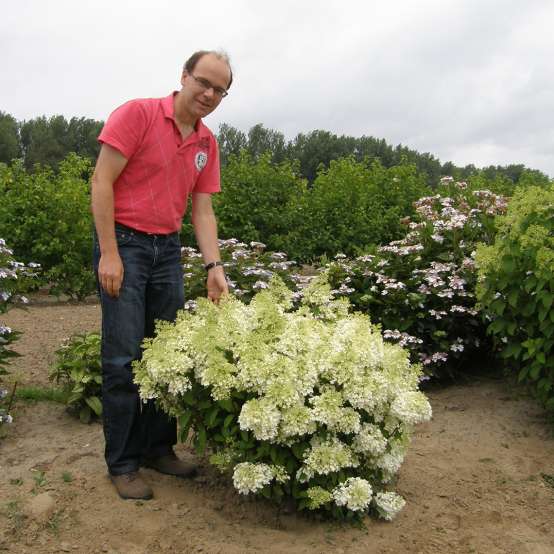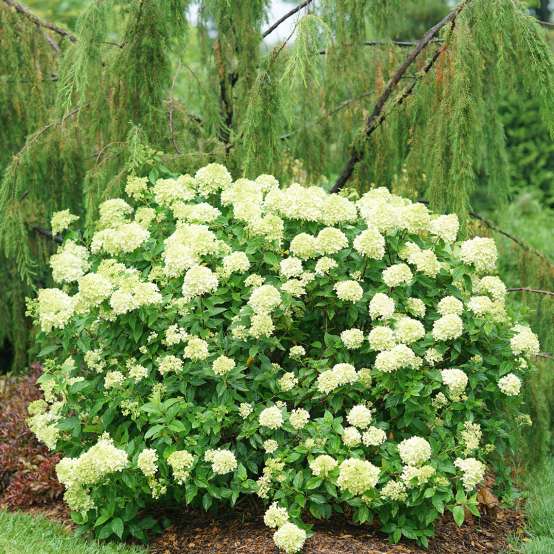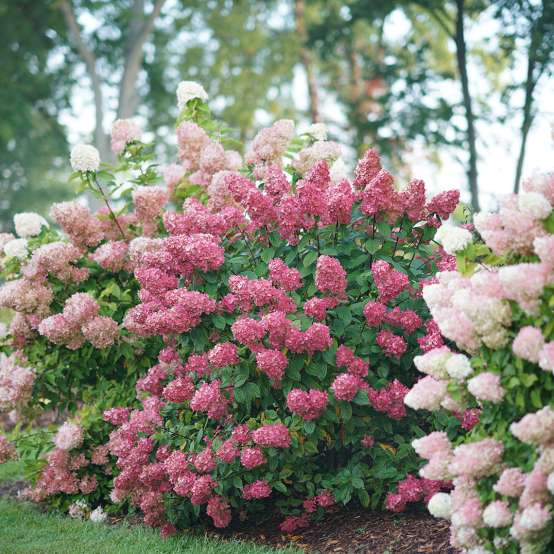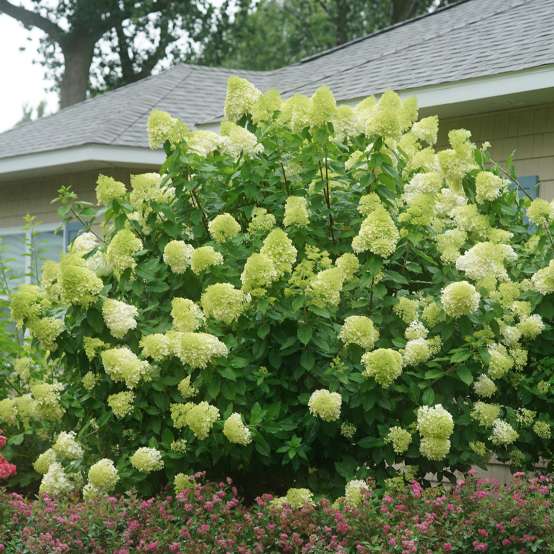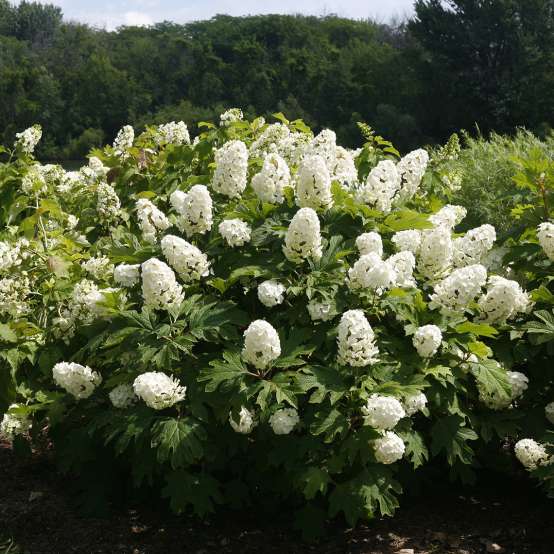Clicking the following controls will change the main image displayed above.
- Spec Sheet: Little Quick Fire® Hydrangea Spec Sheet
- Benchcard: Little Quick Fire® Hydrangea Benchcard
- Tag: Little Quick Fire® Hydrangea Tag
- Grower Sheet: Little Quick Fire® Hydrangea Grower Sheet
- Booklet/Brochure: Proven Winners ColorChoice Programs: 2022 Shrubs of the Year Growing Guide

Meet the Breeder
Tim Wood
Grand Haven, MI, USA
Little QUICK FIRE®

Hydrangea - Panicle
Hydrangea paniculata
'SMHPLQF'
PP#25,136; CBR#5406
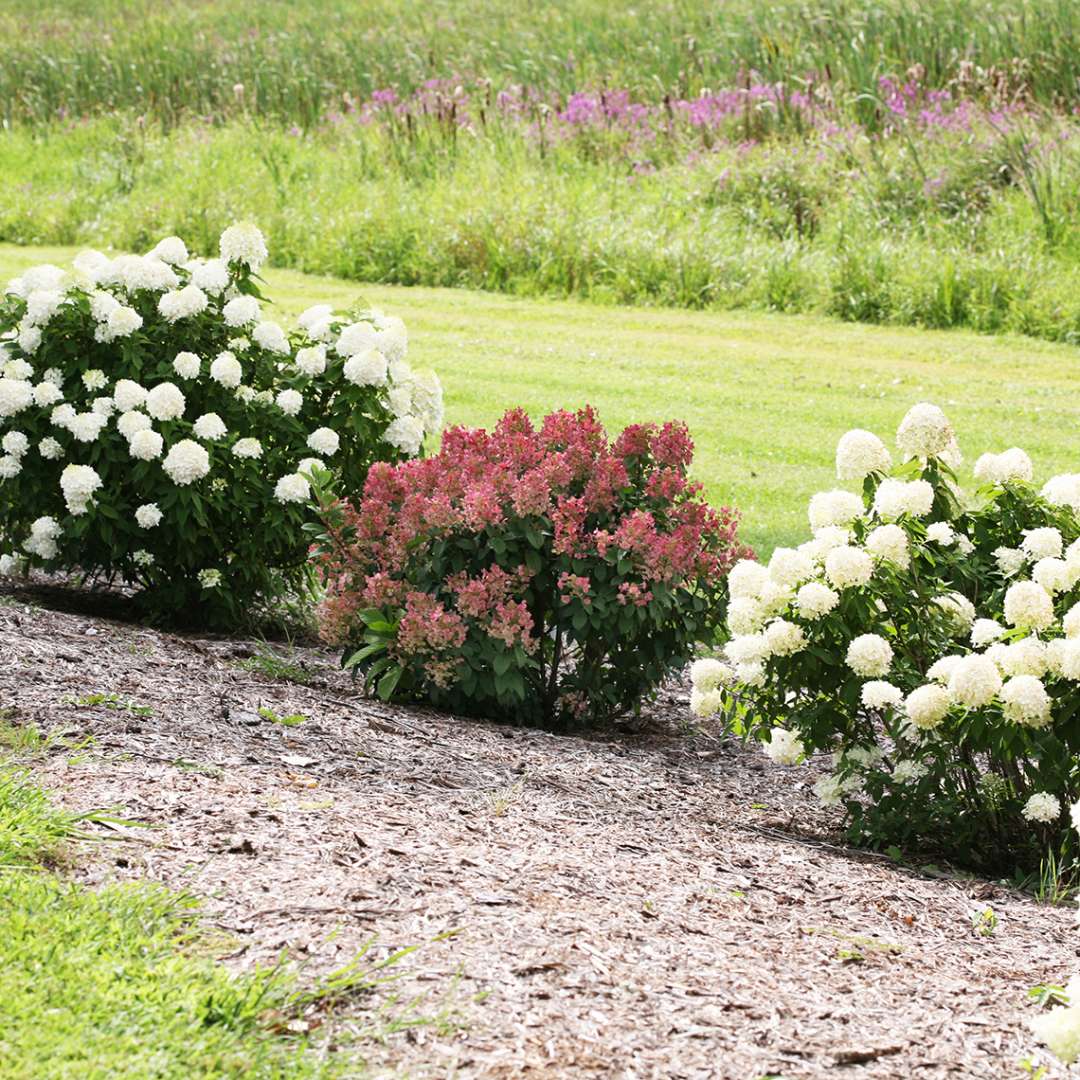
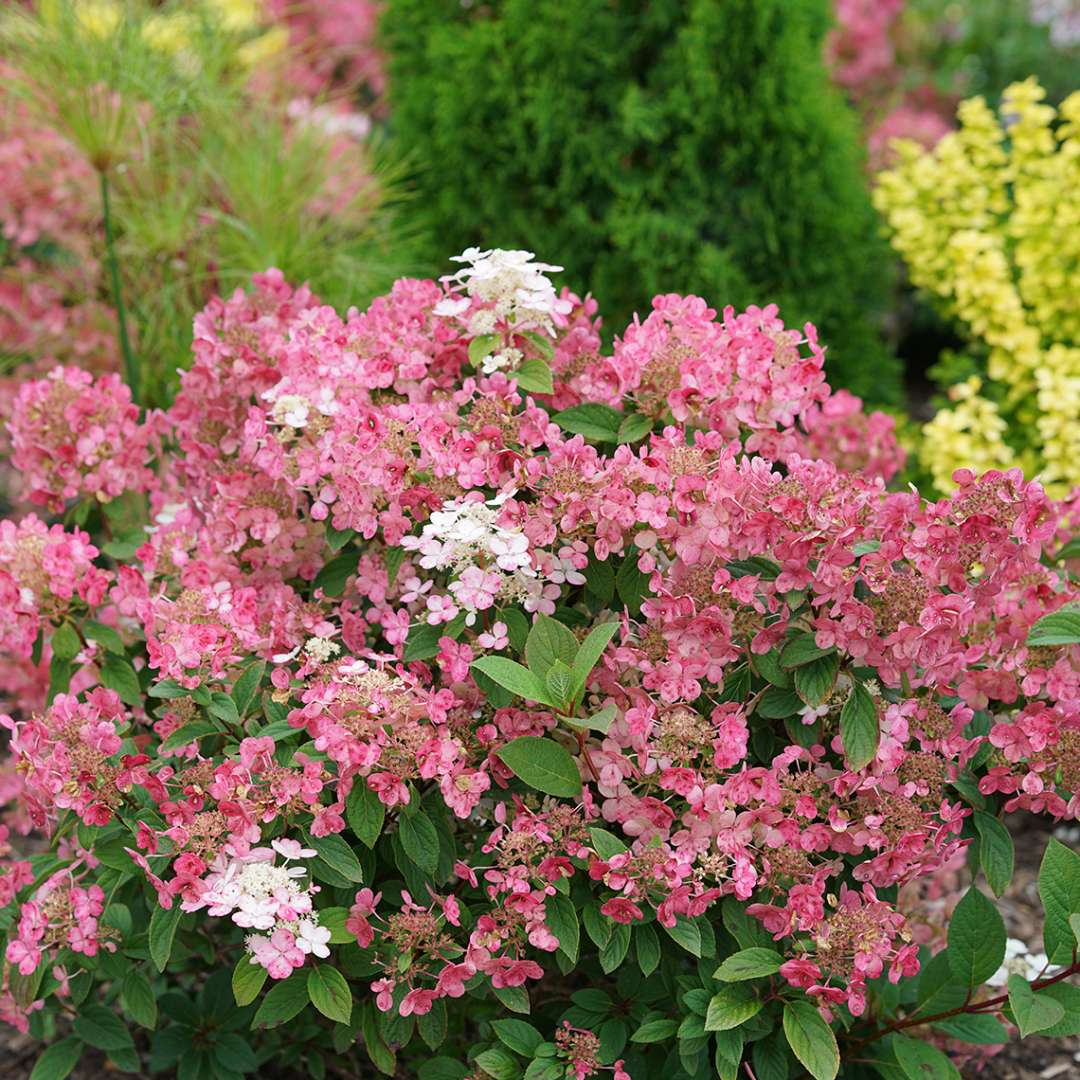
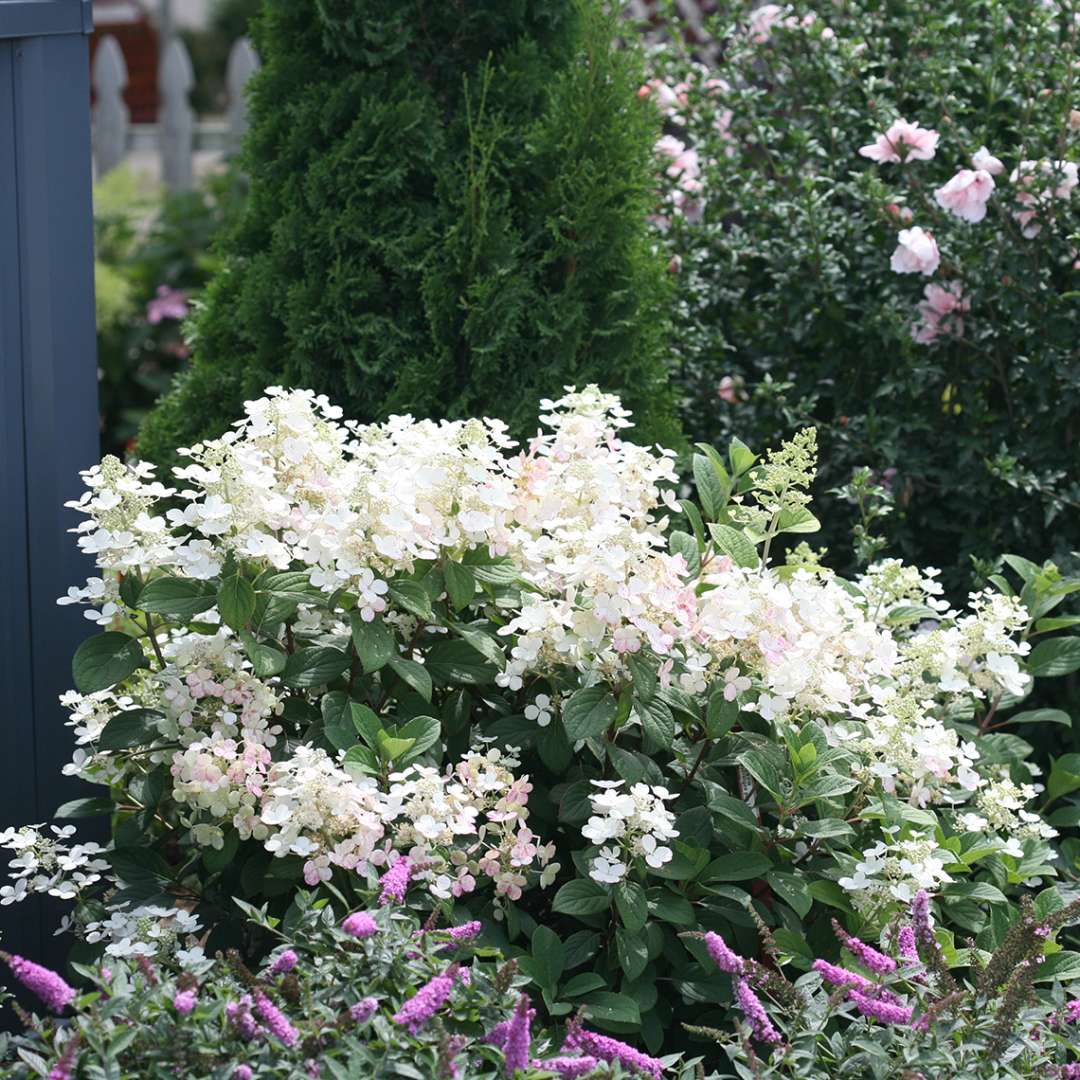
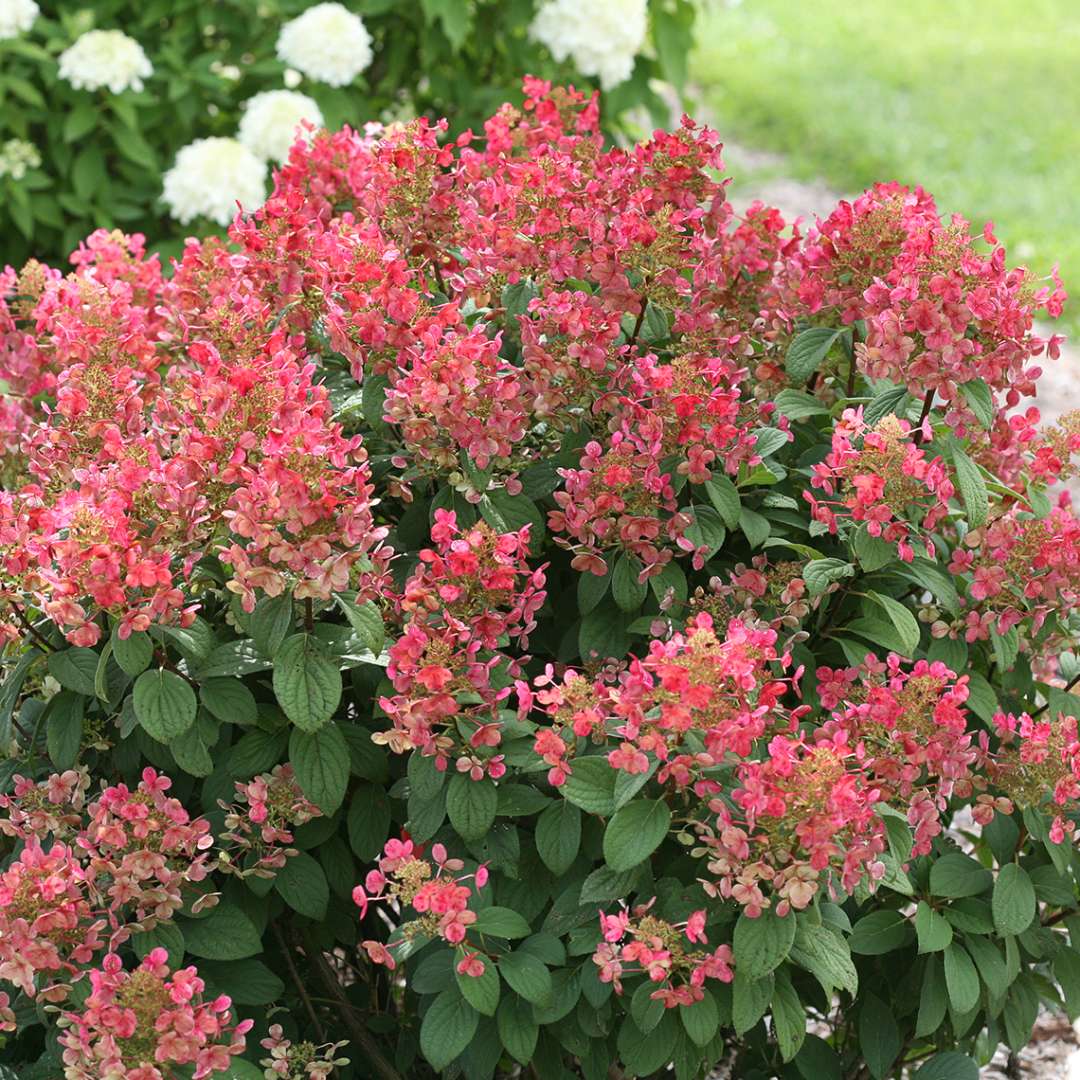
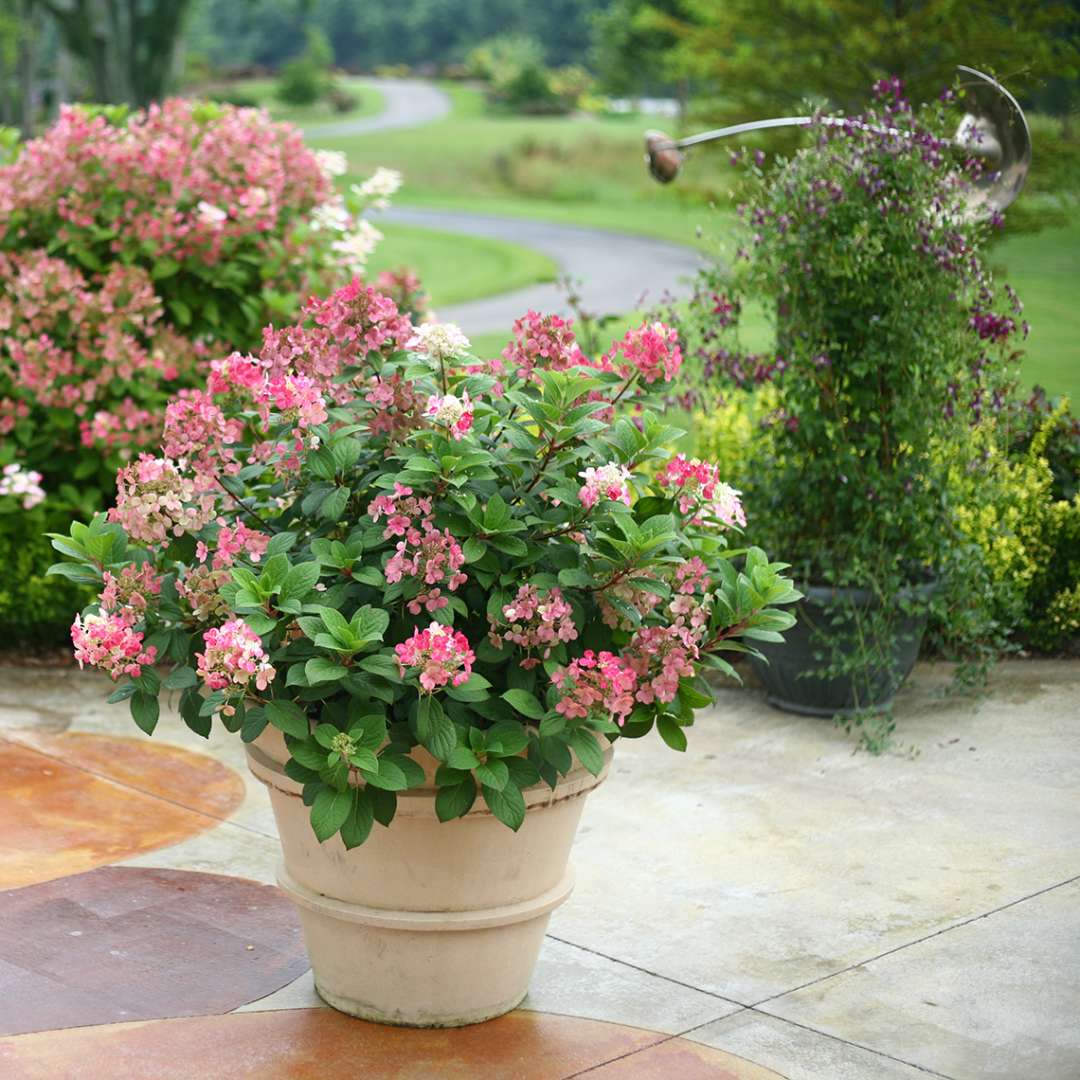

- Early blooming
- Hardy
- Months of color
- Description
A dwarf version of best-selling Quick Fire® hydrangea. It has the same early bloom time as the original Quick Fire®, but this dwarf cultivar is about one third the size. The flowers quickly age to a deep burgundy red before other varieties even start to bloom - plus it boasts the best fall leaf color out of any Hydrangea paniculata! The compact habit makes it a great choice for extending the season in smaller landscapes and container gardens.
- USDA Zone
- 3 - 8 (-40°F/-40°C)
- Exposure
- Full sun, Part sun
- Height
- 3 - 5'
- Width
- 3 - 5'
- Finish Time
- 1 season
- Type
- Deciduous
- Bloom Time
- Summer
- Flower Color
- White, Red
- Foliage Color
- Green
- Liner Sizes
- 2 1/4", 4", Quick Turn
General Care
Soil
Adaptable to most any soil except very wet or excessively alkaline soils.Pruning
In late winter or early spring, cut back by about one-third its total height, just above a set of large buds. This ensures that the growth for the season will come vigorous buds lower on the plant and also serves to remove any remaining dried blooms. Alternatively, cut back in autumn once the plant has gone completely dormant. May be cut back harder if desired, though this tends to produce stems that are unable to achieve maximum stem strength the following season.Uses
Specimen; mixed borders; mass plantings. Makes a good hedge or screen. Excellent for cut flowers, both fresh and dried.Growing Tips
Panicle hydrangeas are the most sun tolerant hydrangeas and are also resistant to wilting. In cooler climates, full sun is recommended for best stem strength and flower set. Flower color is unaffected by soil chemistry. If flowers turn brown and dry instead of aging to pink or red, this indicates that the plant needs more water or that nighttime temperatures are too high for the transition to occur.Features: Alkaline soil, Clay soil, Cut flower, Fall interest, Salt tolerant, Compact, Dwarf, Attracts pollinators
Filters: Botanical genus: Hydrangea, Common name: Hydrangea - Panicle, Retail program: Proven Winners® ColorChoice®, USDA Zone 3, USDA Zone 4, USDA Zone 5, USDA Zone 6, USDA Zone 7, USDA Zone 8, Exposure: Full sun, Exposure: Part sun, Bloom time: Summer, White flowers, Red flowers, Green foliage
Features: Alkaline soil, Clay soil, Cut flower, Fall interest, Salt tolerant, Compact, Dwarf, Attracts pollinators
Filters: Botanical genus: Hydrangea, Common name: Hydrangea - Panicle, Retail program: Proven Winners® ColorChoice®, USDA Zone 3, USDA Zone 4, USDA Zone 5, USDA Zone 6, USDA Zone 7, USDA Zone 8, Exposure: Full sun, Exposure: Part sun, Bloom time: Summer, White flowers, Red flowers, Green foliage

